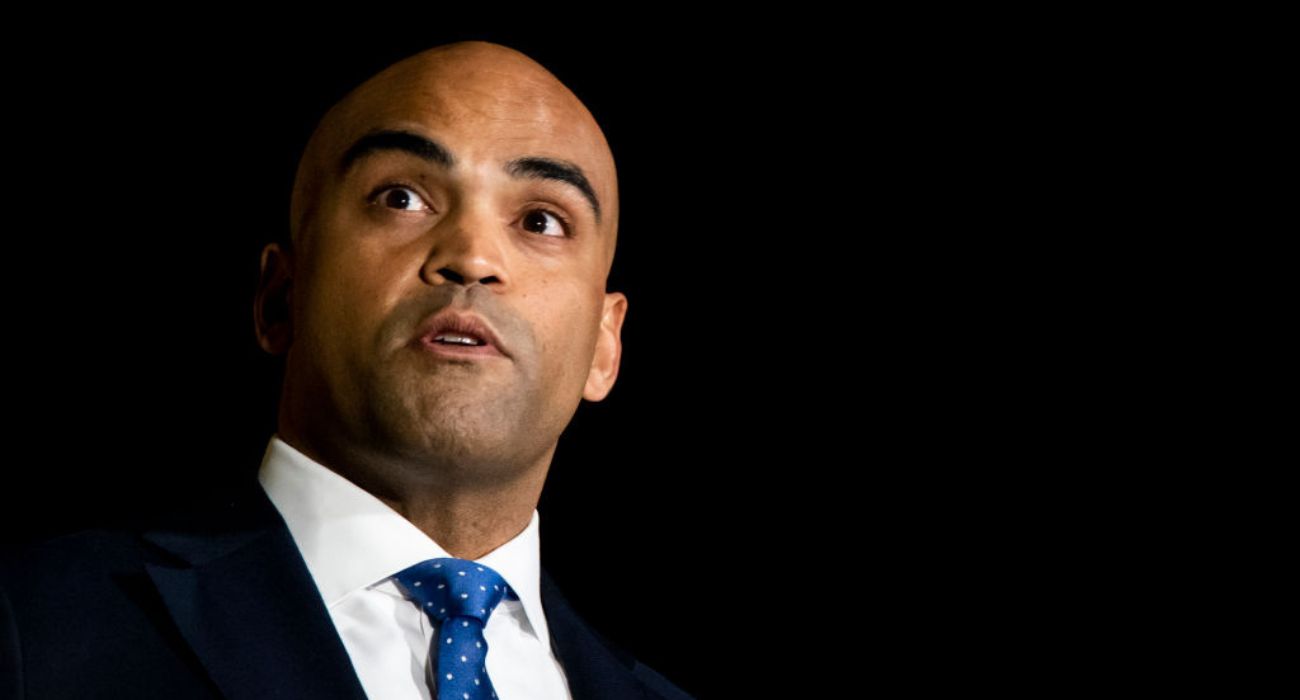Even in the heat of a hot Texas summer, student-athletes who compete at high levels continue to train.
Soccer goalkeeper Cavitt Bruhn, 18, estimates that he is practicing “anywhere from twice to three times a day.” A significant portion of this labor must be conducted outside since he plays his sport on an outdoor field. He admits it has been hotter the past couple of weeks, but “it’s nothing we can’t overcome,” he said.
At the Children’s Health Andrews Institute Sports Performance facility, Bruhn is collaborating with a certified strength and endurance EXOS specialist who knows how to perform workouts in a manner that does not put him in danger.
EXOS provides physical conditioning, strength, and agility training as well as guidance on nutrition and recovery habits.
Jacob Rivera, a performance manager at Children’s Health Andrews Institute, emphasizes that it is essential to train in a climate to which one is acclimated. He says “it’s incredibly crucial that the training environment you’re in is something which you develop adaption to over time.”
According to Harrison Vetter, a University of Dallas student, “Having previously lived in Minnesota my whole life, it has been difficult to get used to the Dallas heat this summer.”
Though he likes to stay active, Vetter has found that his workout routines are noticeably harder to complete in the hot Texas weather. He says they are “simply that much more exhausting. The body just can’t endure as much physical exertion when it’s 105 degrees outside — especially when you’re not acclimated to it.”
Rivera emphasizes the ability to pay attention to the heat index. “It’s critical that regardless of how high that is, the labor-to-rest ratio must always be the same,” he said. You should limit the time you spend exercising outside to five and ten minutes at a time if the temperature is in the triple digits. Rivera added that if one were going to remain outdoors for more than five minutes, he would return inside to drink some water between the sessions.
Dieticians who specialize in performance recommend consuming roughly 10 percent of one’s body weight, but in ounces instead of pounds, approximately one hour before engaging in physical activity. While you are working out, it is critically important to make sure that you drink between 4 and 8 ounces of anything to keep you hydrated every 20 minutes, explains Gabbie Ricky, a registered dietitian.
In terms of nutrition, Ricky suggests consuming a simple carbohydrate such as toast, bananas, or apple slices thirty to sixty minutes before an exercise. Then, after the activity, attempt to consume more fruits and vegetables to speed up the healing process. All of these things can help prevent illnesses caused by heat.
“If you don’t have the proper water or nourishment, you can’t function at the best level in this weather,” Bruhn said. “This weather makes it impossible.”
Exercising in the heat puts one at risk of heat cramps, heat exhaustion, sunburn, heat rash, or even heat stroke. According to the Centers for Disease Control, in high temperatures, “a person’s body temperature rises faster than it can cool itself down. This can cause damage to the brain and other vital organs.”
The Dallas Express recently reported on the death of former Dallas Cowboys running back Marion Barber, who was found dead from a heat stroke in his apartment on June 1. According to the coroner’s report, “Mr. Barber was known to exercise in sauna-like conditions.”
Doctors say that if you can avoid working out in the heat, you should; even the most elite athletes can succumb to extreme temperatures.






